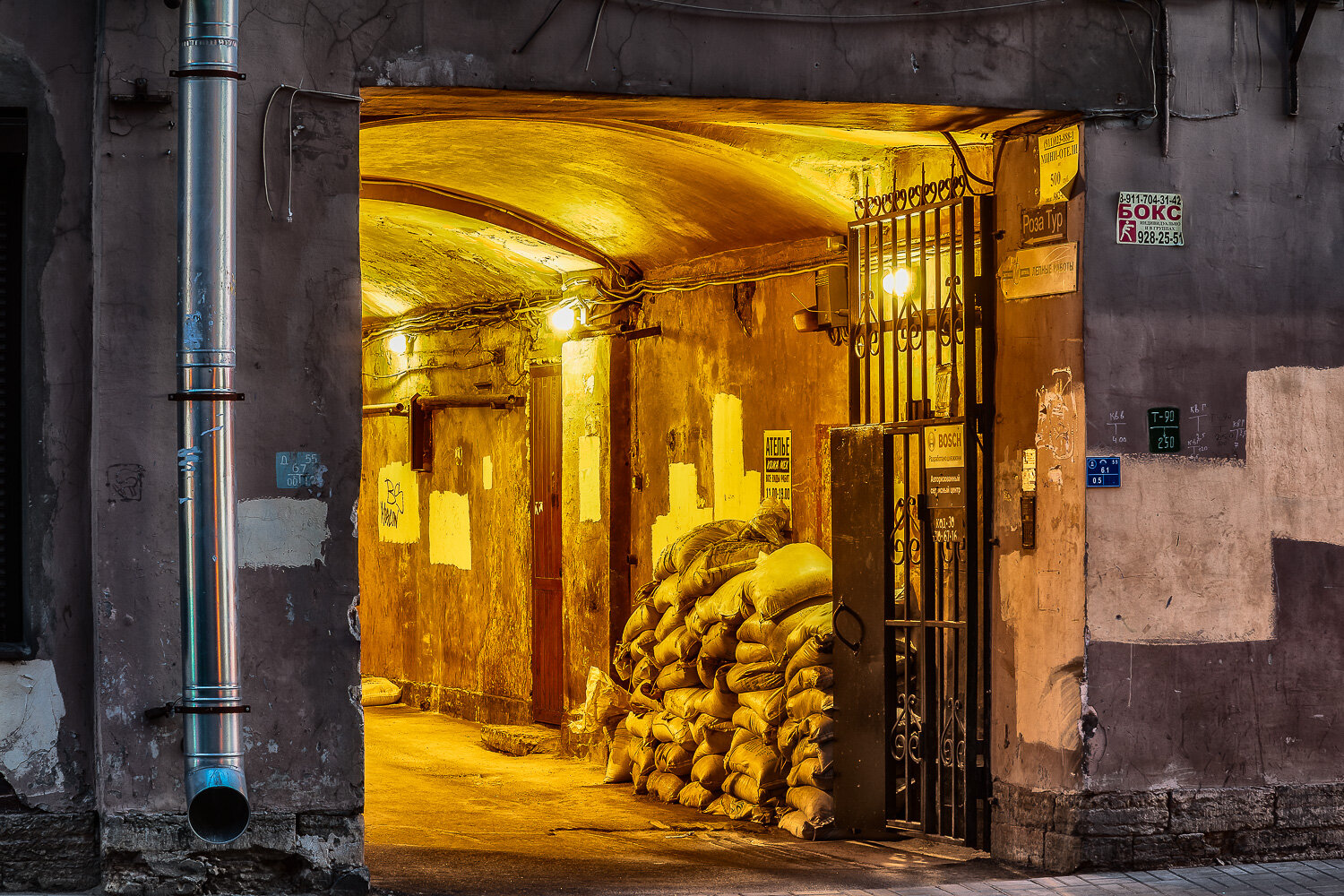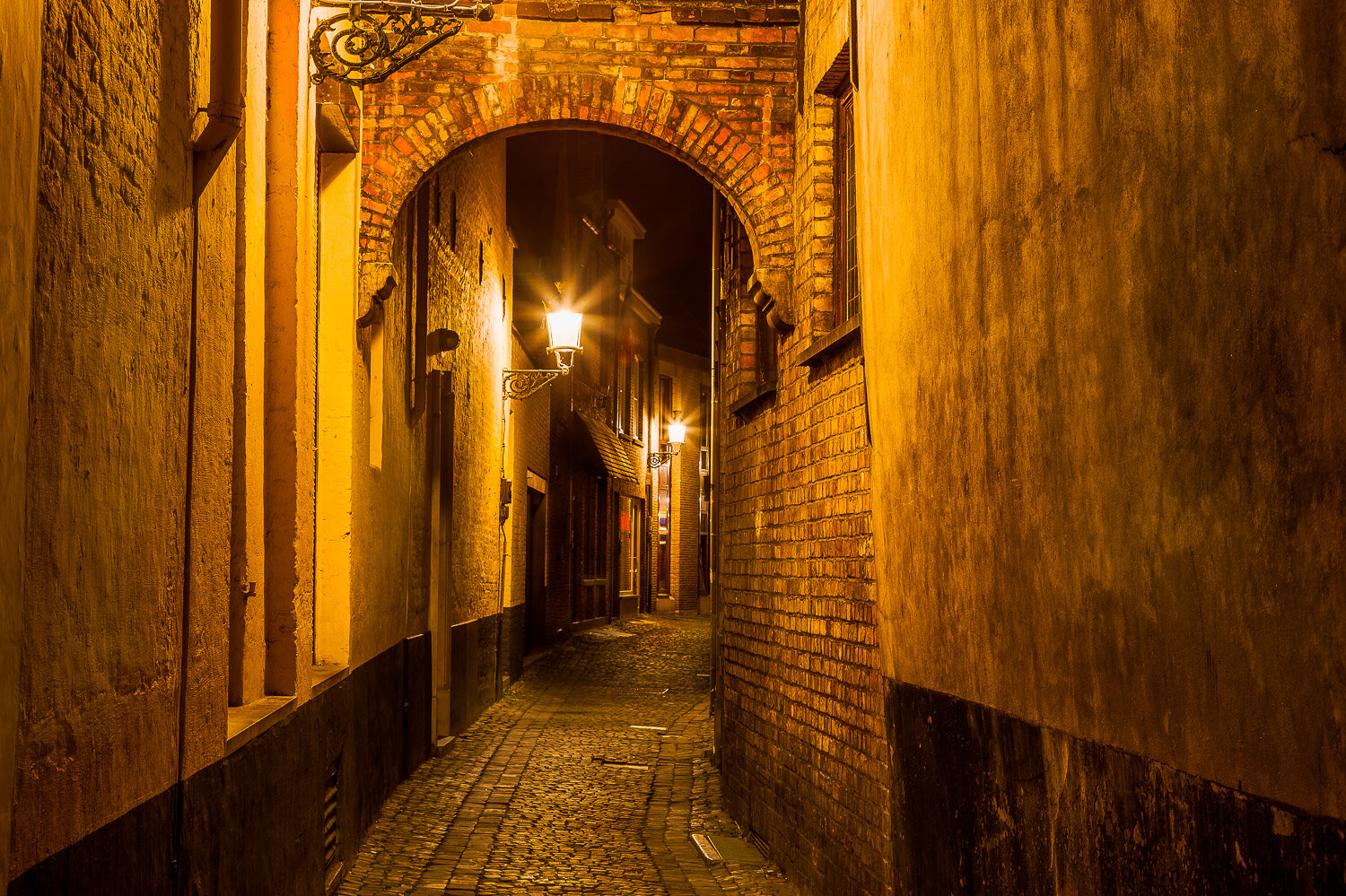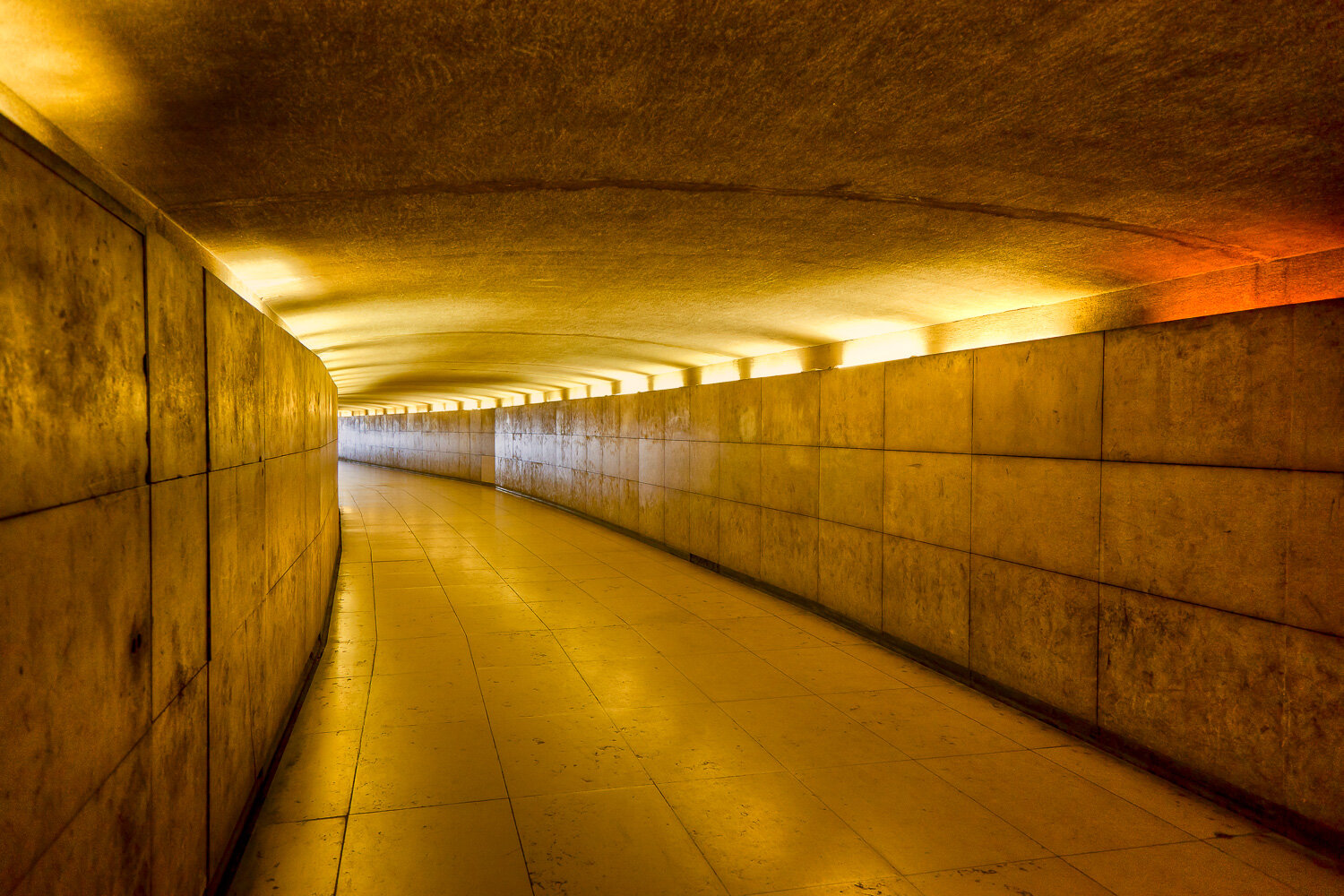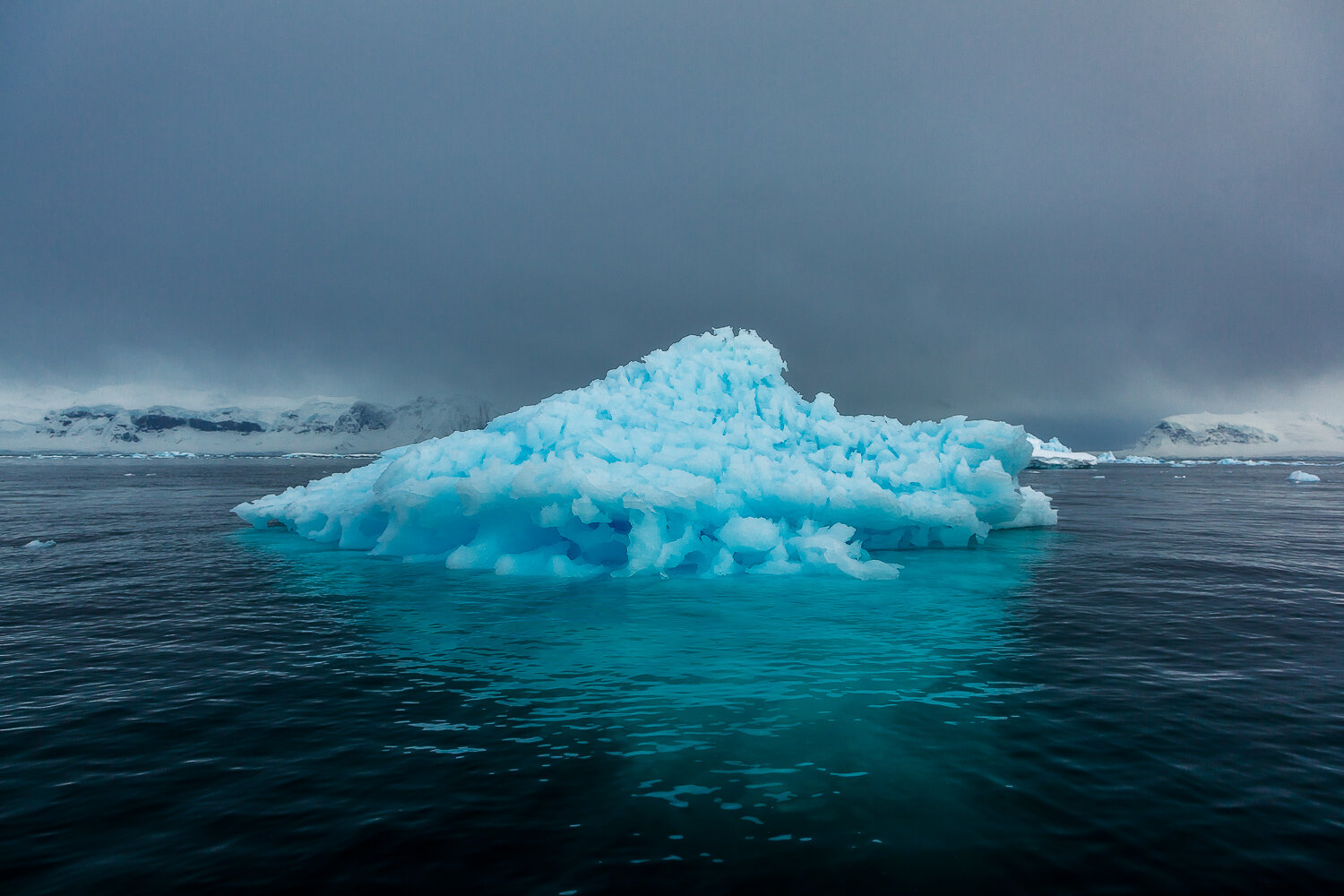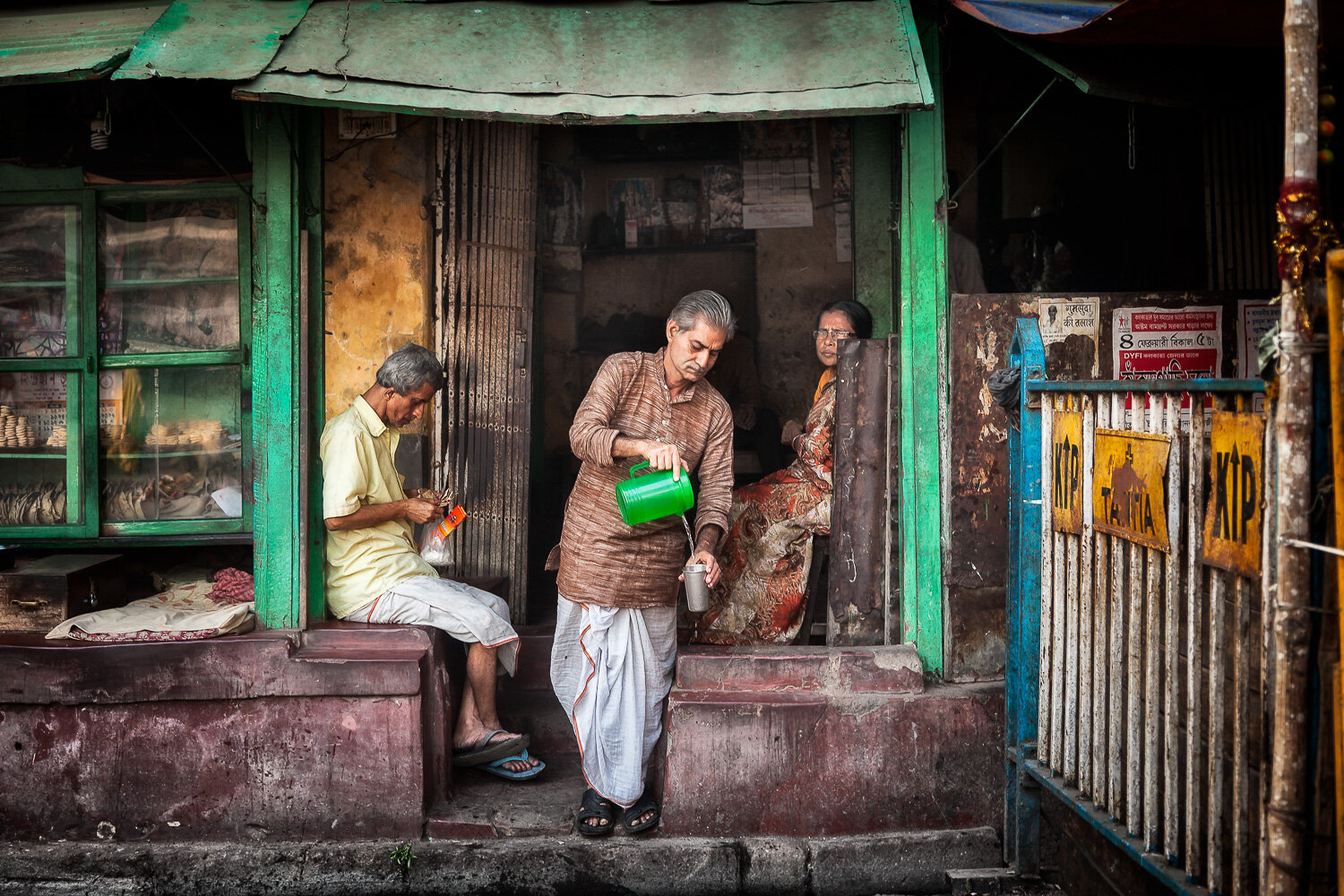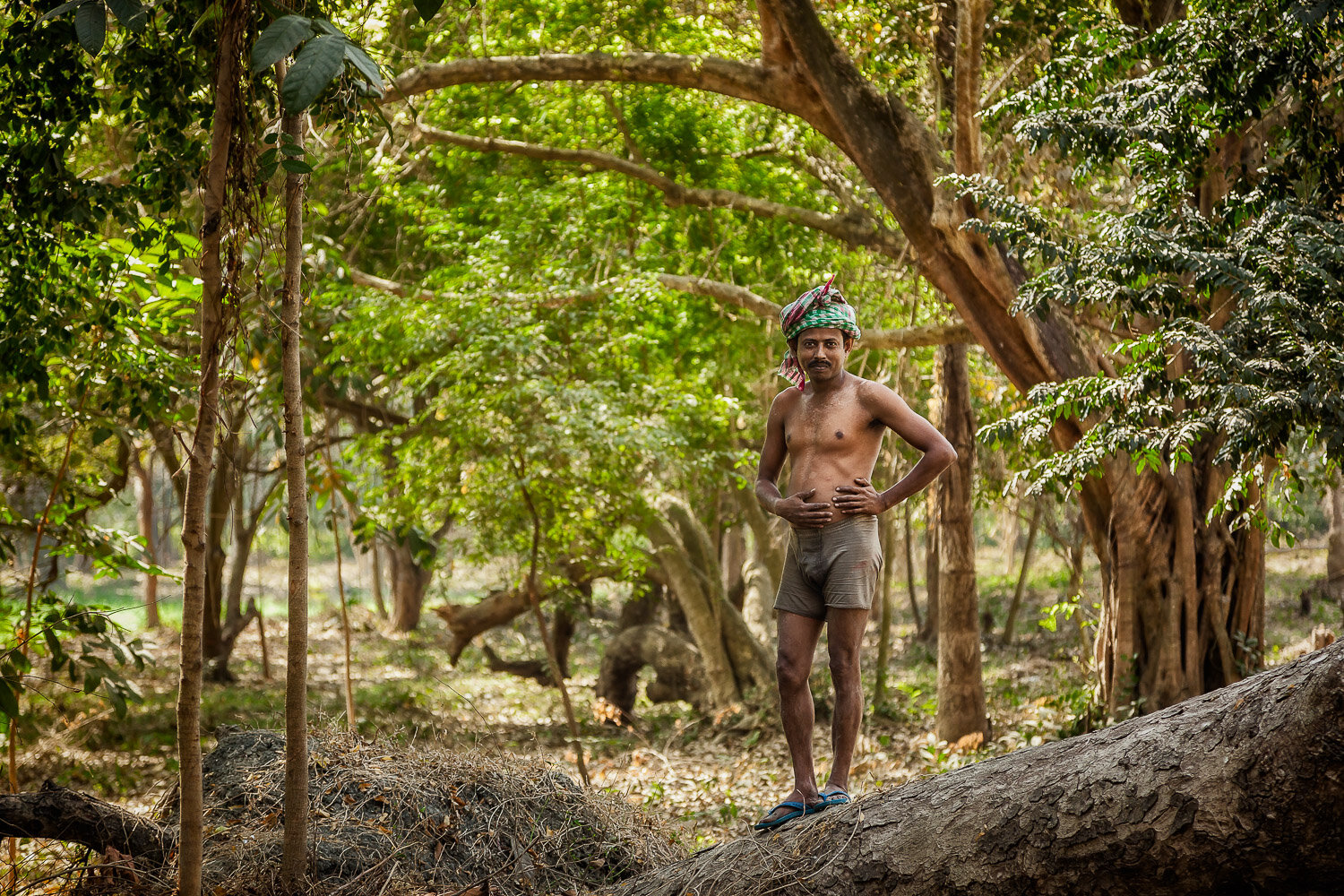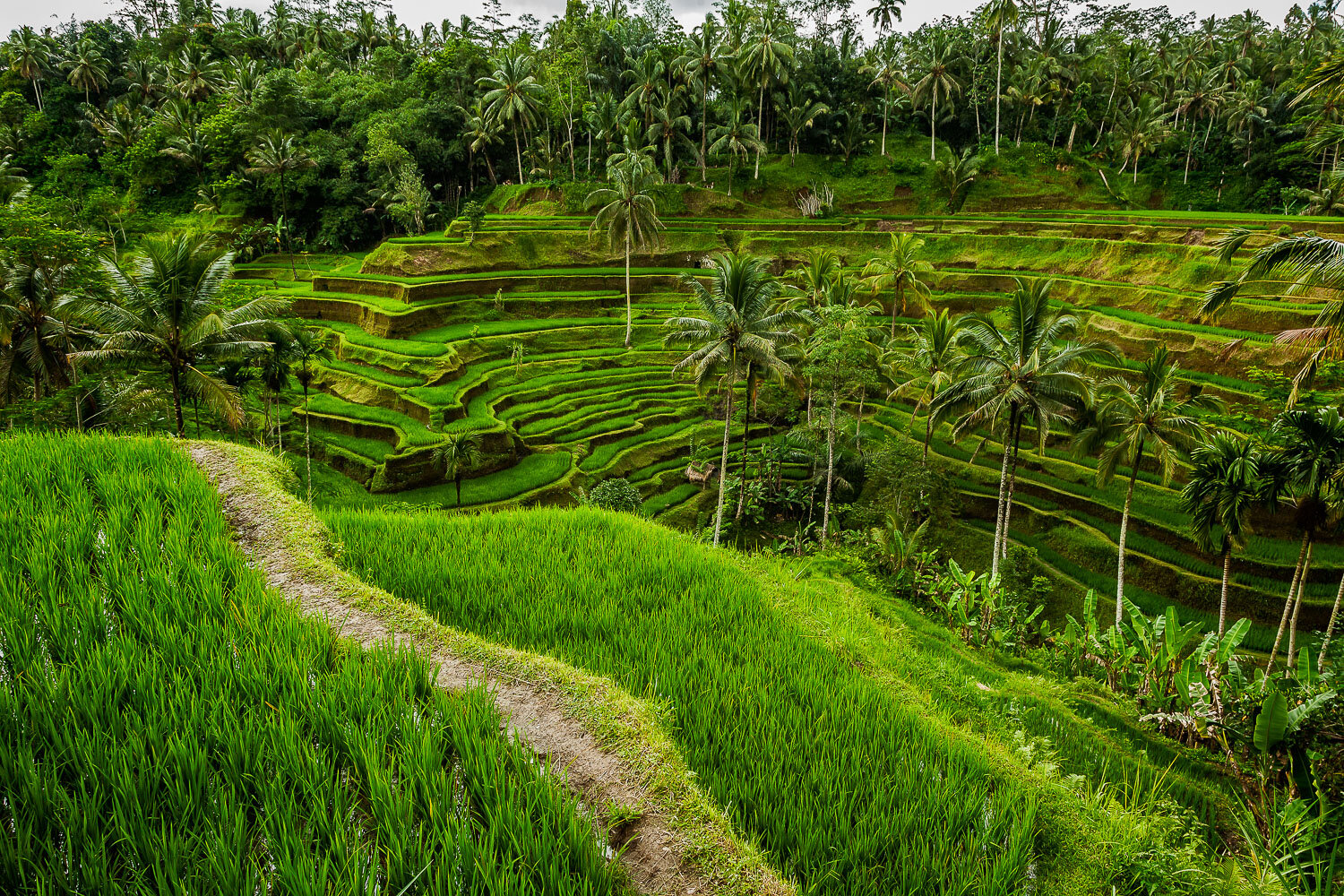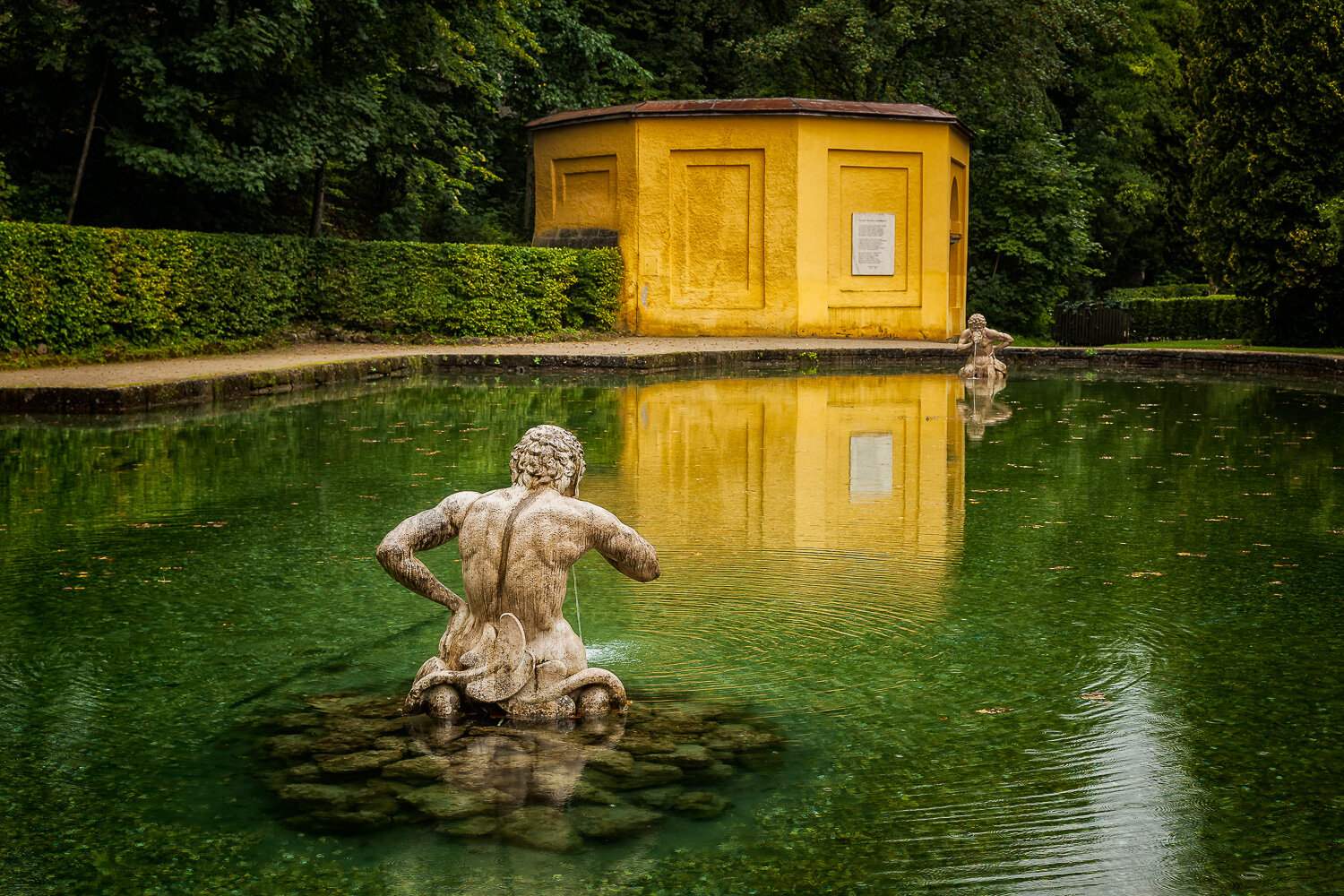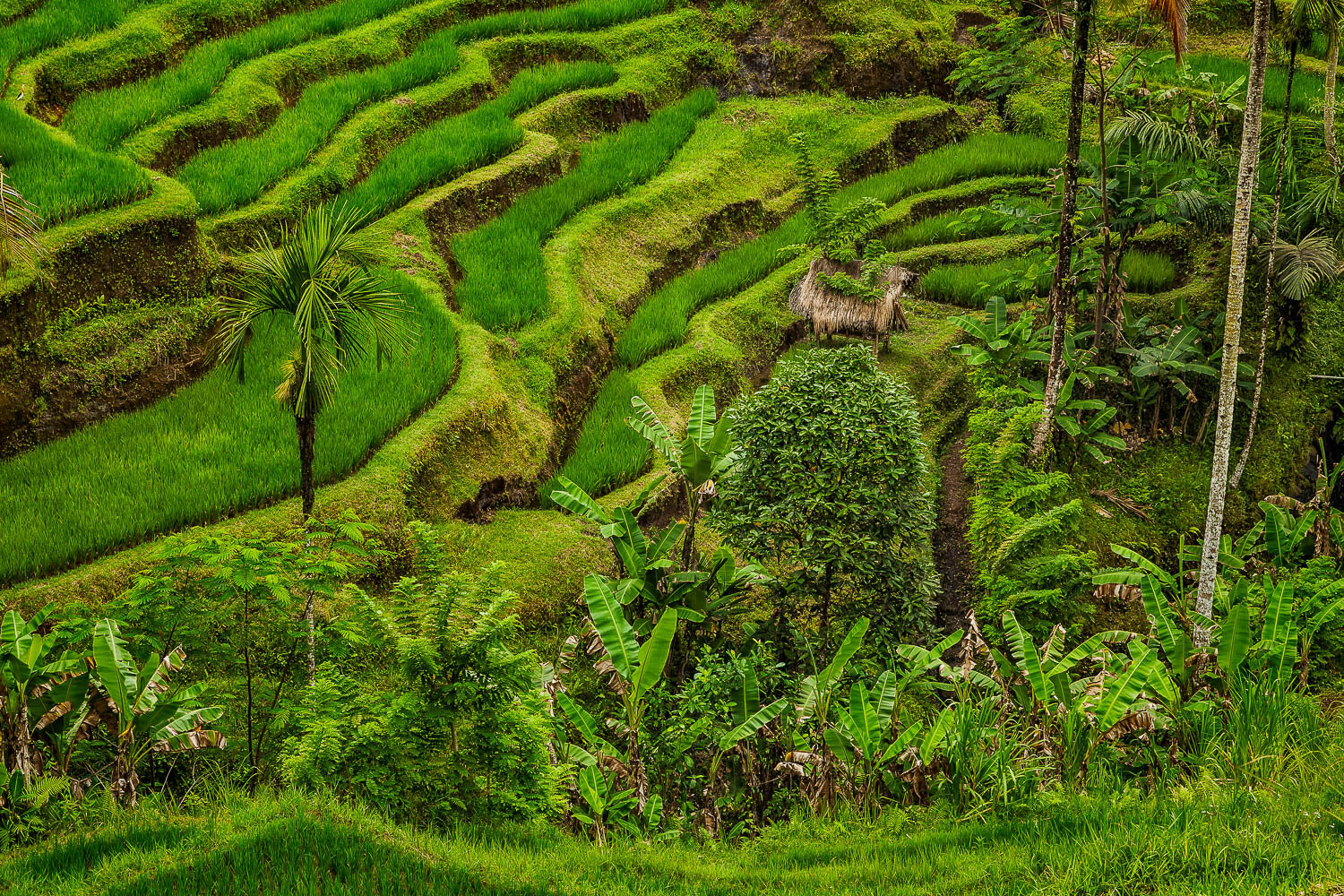Order and Chaos in Photography
Tree branches backlit by a red hot sunset in Mildura, Australia.
It’s amazing how you can bring order to chaos through better sequencing of your photos on the desktop. Let’s discuss how that’s possible.
This seemingly simple process can produce new possibilities, new themes and new meanings that can take your photos to a new level of creative expression.
You’re probably wondering what you can do with a collection of seemingly unrelated images that can bring order into what might otherwise seem like a chaotic and unrelated series of photos?
I’ve found that it’s often a matter of moving images around on the desktop until you find what links those photos together.
Here’s some obvious possibilities:
Location (e.g., Paris, Banff National Park)
Subject matter (e.g., tree, statue, cake)
Genre (e.g., portrait, landscape, architecture)
Event (e.g., walking the Santiago de Compostella)
Time of day (e.g., sunrise, midday, sunset, night)
Season (e.g., winter)
Weather (e.g., lightning storms)
Bringing Order To A Series Of Images
Over the years I’ve often found that a more interesting selection of images can be assembled around an element of composition common to each of the individual images.
Examples could include the following:
Color
Light
Line
Shape
Texture
Balance
By taking this approach you’ll find that composition can, in fact, be the subject matter around which a series of images (e.g., slideshow, exhibition, book) can be based.
The challenge is to use composition to bring sometimes seemingly disparate images into a harmonious and cohesive series.
Building Order Around Color
In the case of the above slideshow I’ve sequenced the images around composition, in particular color to produce a dynamic and visually compelling series.
In particular you’ll notice I’ve explored color in the following ways:
Monochromatic color which means images displaying a single color.
Color Contrast that emphasizes the differences between warm and cool colors.
By moving the images around on your desktop you’ll be able to find just the right sequence to bring a sense of order, cohesion and even meaning to what would otherwise be a fairly unrelated and, potentially, unremarkable group of images.
It’s a fantastic process to work through. It’s not always easy, but it’s usually creatively rewarding.
How to Let Your Photos Speak for Themselves
Actually these images have lived together for a little while, in the portfolio section of this site. Just for fun I thought I'd put them together into a slideshow.
After just a few minutes of sequencing I had edited the number of images down to a concise and cohesive series of photos that make sense together.
That’s not a bad achievement given the fact that the images come from separate landscape adventures to Antarctica and Bali as well as photo walks in Kolkata, Vienna, Salzburg, Bruges, Paris and St. Petersburg.
It’s not perfect, but it’s not bad. The point is that by taking an alternate approach to sequencing images, in this case around color, visually dynamic presentations can be produced quickly and efficiently.
What’s more those sequences become less about the places you’ve visited and more about you as a unique, creative human being.
If you run through this short slide show a few times you may notice the images have been placed into groups of three. As the flow isn't perfect I have a few options I could explore.
To look for more images. But, as I wanted to challenge myself to work with an altready existing group of photos, that was not an option.
Removing more photos from the sequence is, more often than not, a good option.
In a traditonal gallery environment I'd separate small, tight groups of images with space, prior to grouping another series of photos together.
This technique places emphasis on each group of photos and allows the space to break up any discord that might occur as the viewer moves from one group of images to another.
Perhaps this is an exercise you could try for yourself.
But don't do it just to find an order or pattern in your sequencing that works.
The Artist and The Craftsman
The process of sequencing can actually help you understand what your photos are about and, as a consequence, why you do what it is you do.
Anyone can blabber all day about how they did something. Heck! I've been known to do it myself.
But the what and, in particular, the why are far more interesting areas of exploration to which all creative types should pay attention.
I'd go as far to say that the search to answer the question why might be the key defining difference that separates the artist from the craftsman.
In case I didn't make my point clearly enough, it’s the process involved in answering those questions, rather than the answers themselves, that define what the artist does.
And that, in a strange kind of way, brings us back to the other question, how.
While color has been employed to introduce a sense of order into this sequence of images, I think it still needs work.
However, while I love sharing my images over the web, it’s not the kind of space where perfection needs to be achieved.
I’m more concerned with the notion of perfection when displaying my photos in a traditional gallery space.
The boundaries of such a space are more finite and seem to require a more definite and more resolved presentation. Well, that’s true for the images I produce.

